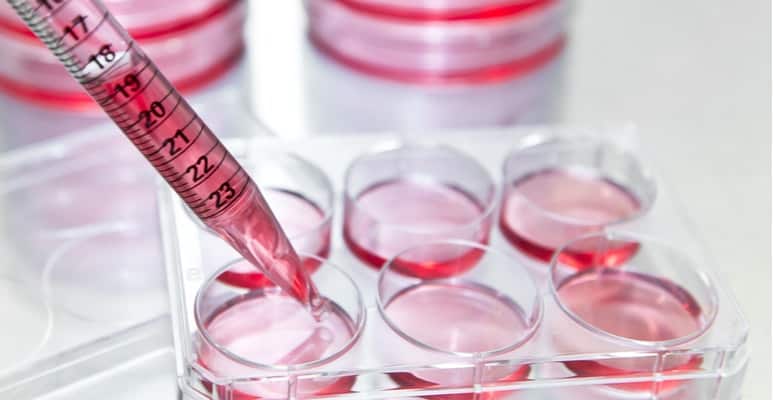The speed with which SARS-CoV-2 spread across the globe has forced scientists to accelerate every step in the study of the virus. One of the areas where time savings can be made is in the quantification of infectious virus particles.
Infectious Virus Quantification
The quantification of viral RNA in clinical samples is an important tool for researchers and clinicians to determine viral load. However, molecular methods alone do not indicate the proportion of infectious virus present. To measure the infectious viral titre, two cell culture-based methods are commonly used: the tissue culture infectious dose (TCID50) assay and viral plaque assay.
Plaque assays provide a quantitative measurement of infectious virus titre by incubating a monolayer of host cells with serial dilutions of a virus preparation. After incubation, each infectious particle produces a circular zone of infected cells called a plaque. Healthy cells can be stained with crystal violet to improve the contrast allowing plaques (area of cell death) to be counted. Typically, plates with between 10-150 plaques are chosen for counting. The following calculation is then used to determine the plaque forming units (PFU) present in the sample:
PFU/ml (original stock) = number of plaques present /
Dilution factor x (ml of inoculum)
As with bacterial colony counting, quantification of viral plaques can be time consuming and prone to variability in results between analysts. Since the stain creates a contrast between the healthy cells and plaques, using an automated colony counter is a great way to speed up and standardise this process.
Benefits of automation
Since the enumeration of plaques provides the data on which the infection viral titre is calculated, it is essential to obtain accurate counts. Using an automated colony counter, such as ProtoCOL 3, provides the following benefits:
- Speeds up quantification
- Minimises the risk of transcription errors
- Eliminates result variability between analysts
- Analyses a variety of plate types, incl. 6-well and 12-well plates
- Stores HD digital images of each plate for improved traceability
- Fully CFR 21 Part 11 compliant to ensure audit readiness
- Data securely stored on SQL database
The ProtoCOL software also enables you to ‘split’ plaques that are touching so that each individual plaque is properly counted.
Increased Traceability
ProtoCOL 3 is compatible with 1D barcode scanners and results can be automatically exported into a spreadsheet (Excel/OpenOffice) or transferred to your LIMS. All data is fully 21 CFR Part 11 compliant with audit trails, user access levels and professional reports, making ProtoCOL 3 perfect for highly regulated laboratories. Results are compliant with GCP (Good Clinical Practice) guidelines and are automatically stored in a secure password-protected database. Any edits made to the results are recorded and flagged next to the revised result. Details such as system configuration, user details, date, time, and pictures of the plates are recorded for optimal traceability.
ProtoCOL 3 video can also be used for Serum Bactericidal Assays.
Contact MSC below to learn more about ProtoCOL 3 or to organise a demo:


